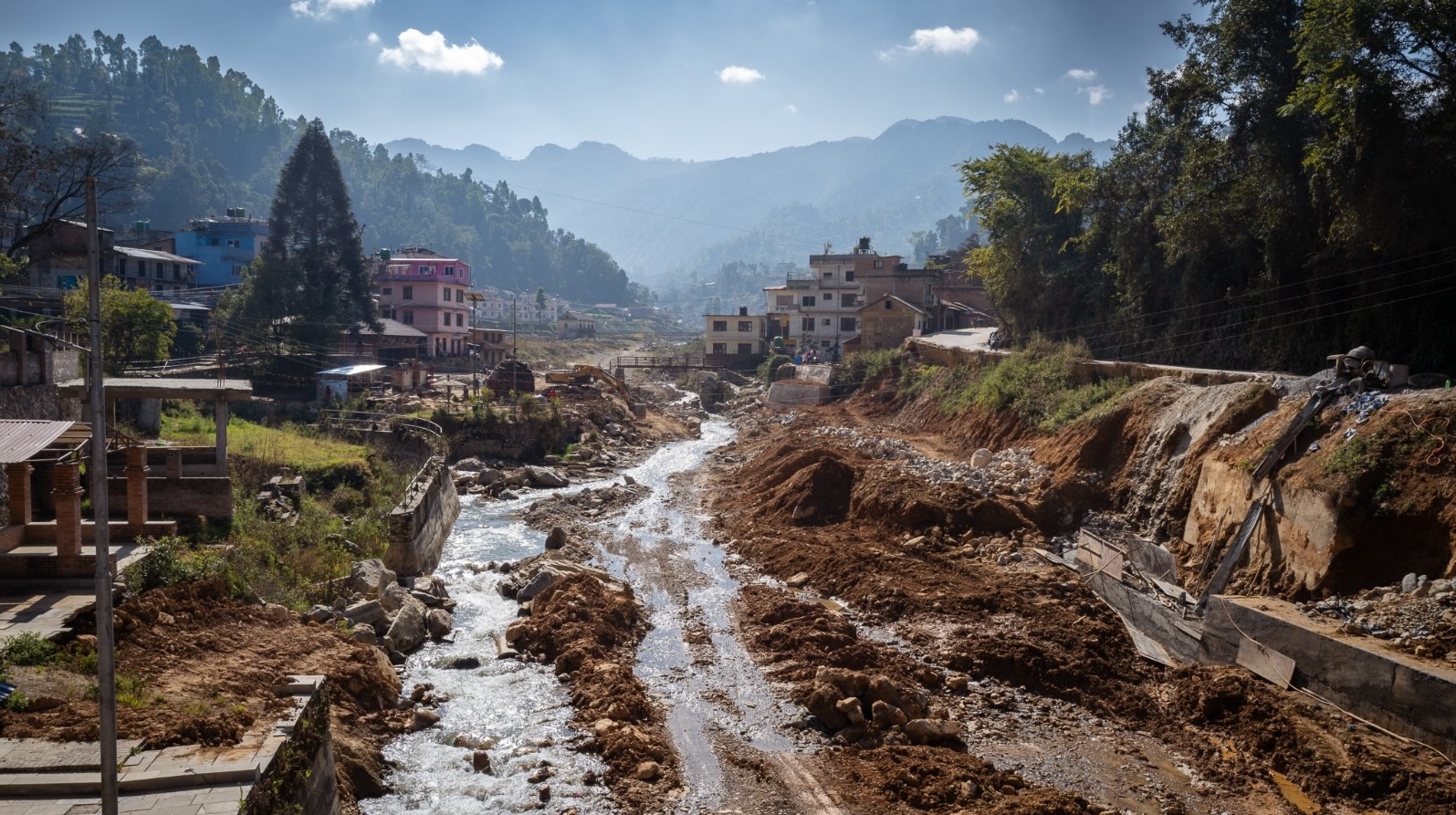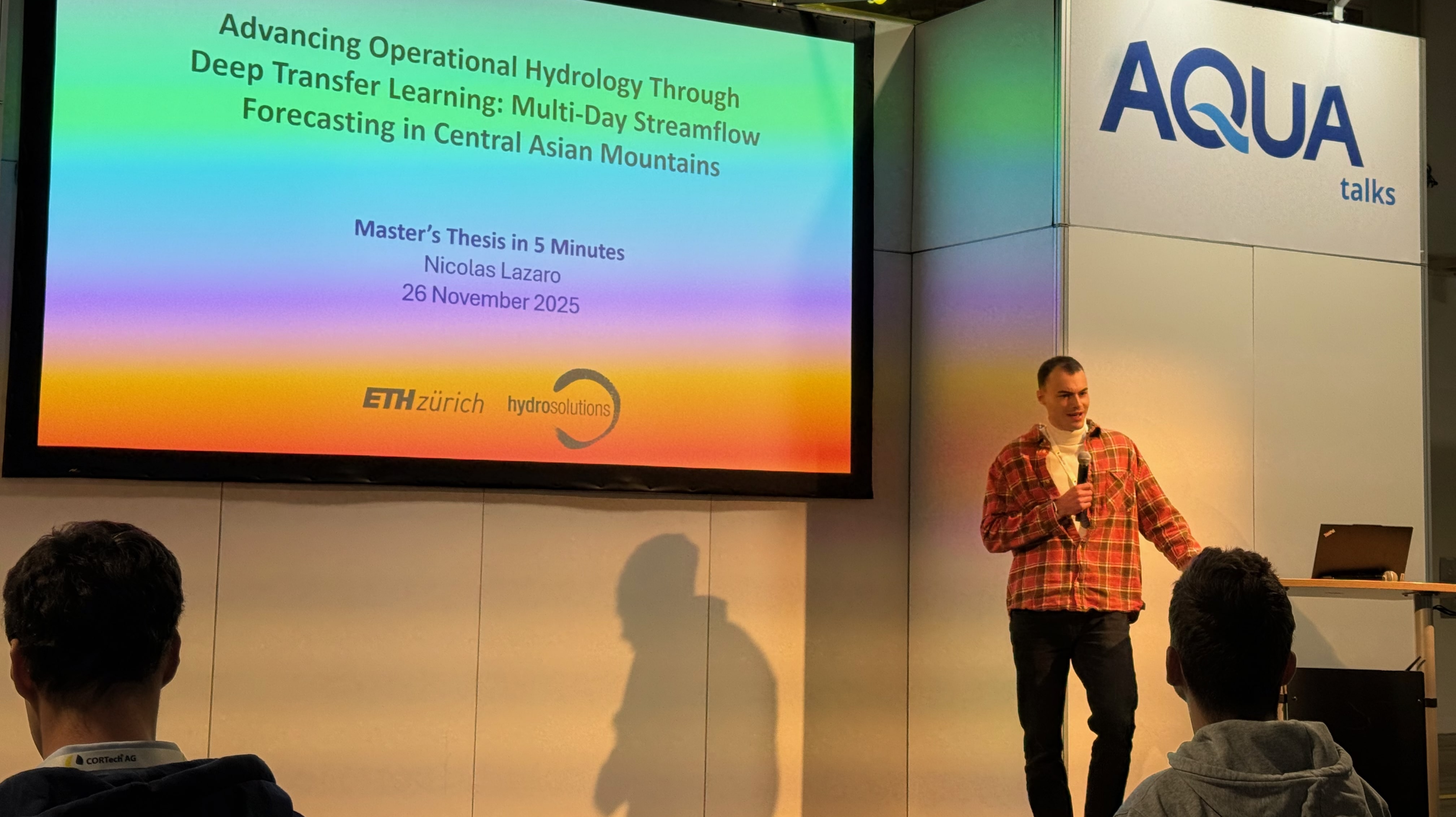Freshwater resources are increasingly degraded and depleted, especially in developing and transitional economies. Rising population numbers, changing nutritional demand and significant climate uncertainty will exacerbate water-related stress in the future. As a result, stakeholders at all levels are impacted as traditional water monitoring and management approaches have largely failed to answer many of the key existing local and basin-scale challenges.
As an example, even farmers that irrigate for mitigating climate variability are facing less certain agricultural outcomes and increasing competition over resource allocation due to the depletion of surface and groundwater resources alike. Among other things, this is putting grave pressure on communities and water institutions. It helps to undermine the legitimacy of the latter and their ability to carry out work effectively.
Efforts to increase knowledge about runoff formation, water distribution as well as best use and management effectiveness are often hampered by the lack of sufficient meteorological, hydro-meteorological, ago-meteorological and other related data. And even where available, stakeholders often are short of knowledge and technology on how to make opportune use of these data. Furthermore, education and learning channels are mostly absent through which knowledge and technology diffusion could happen.
On top of that, tools that monitor, model, inform and manage water supplies in tactical and strategic terms relative to demand are often missing which leaves local stakeholders with the practice of informed guessing, e.g. through gambling on the rains. Sub-optimal and unsustainable outcomes result. They translate into water insecurity which has measurable adverse impacts on communities, their livelihoods and the environment and ecosystems.
In short, traditional water monitoring and management is too often a story of failures and inefficient investments. This greatly hampers any effort towards effective decision-support for integrated water resources management in places where pronounced resource scarcity, high variability in supplies and strong growth in water demand overlap with agency underfunding. The arid and semi-arid developing world regions rank here most prominently.
It is time that innovation enters more prominently the water resources management domain, also and especially through well-targeted and guided community-based crowd-sensing.




